What Does Being Skinny Fat Really Mean?
If you have always been a normal weight without having to maintain a healthy diet or an active lifestyle, you may consider yourself lucky. However, the scale and mirror only tell a portion of the story. While you could be physically small, if you do not take care of yourself you could be just as unhealthy as an obese person.
A 2008 study, found that one in four thin and normal weight men and women showed two or more cardiovascular disease risk factors, while also finding that a little over half of overweight adults and a little under a third of obese adults had no cardiovascular risk clustering. So, just looking healthy is not going to cut it healthwise.
If you want to know if you are metabolically healthy, get your blood pressure, cholesterol, and blood sugar levels checked. However, there are also seven bodyweight exercises that could give you further insight into your health and potential lifespan.
1. Hand Grip Test

What it shows: A study in The Lancet found that the firmness of your hand grip is directly correlated with heart health. This test can be an indicator of your risk of disability, illness, and early death. Researchers say that a simple hand grip test can be better than checking blood pressure at assessing your health.
How: A device called a Dynamometer can be bought and tests the strength of your hand grip.
2. 6-Minute Walk Test
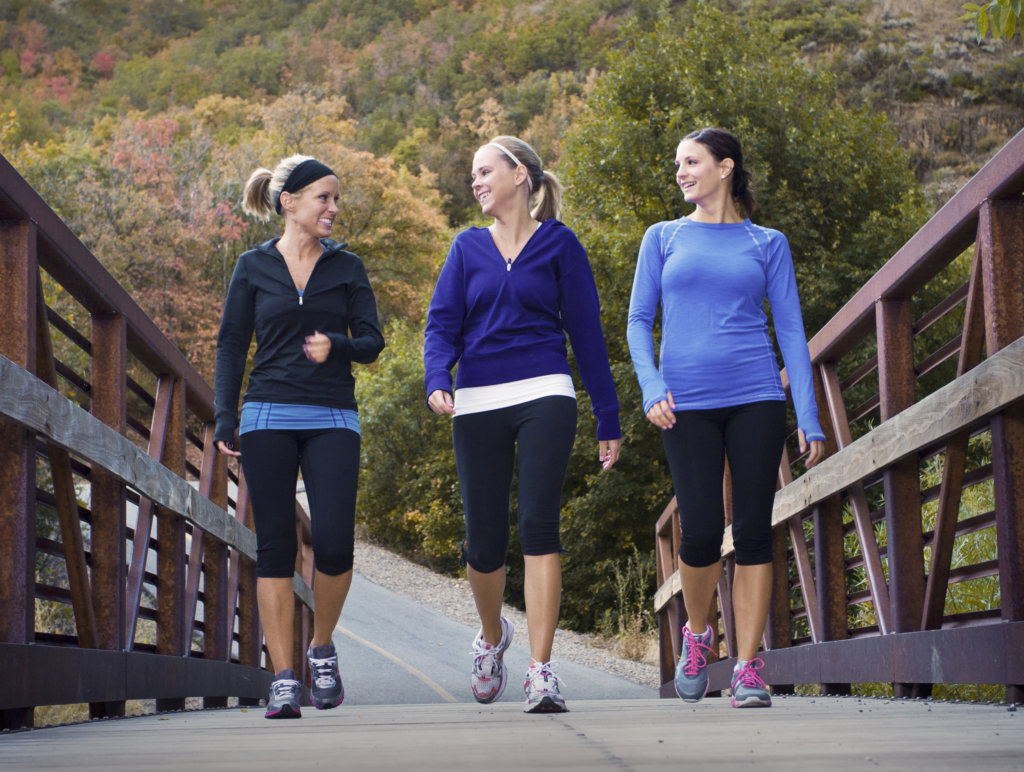
What it shows: This test measures your aerobic capacity, which can also tell you about your heart health and neuromuscular function. High aerobic activity not only means the lungs and heart are in good shape but is also inversely proportional to death from cardiovascular disease and all-cause mortality.
How: The further you walk in six minutes the better shape you are in. Use a GPS watch, pedometer, or another way to calculate distance while walking on a hard, flat surface for six minutes at your own pace.
3. Sit-Rise Test
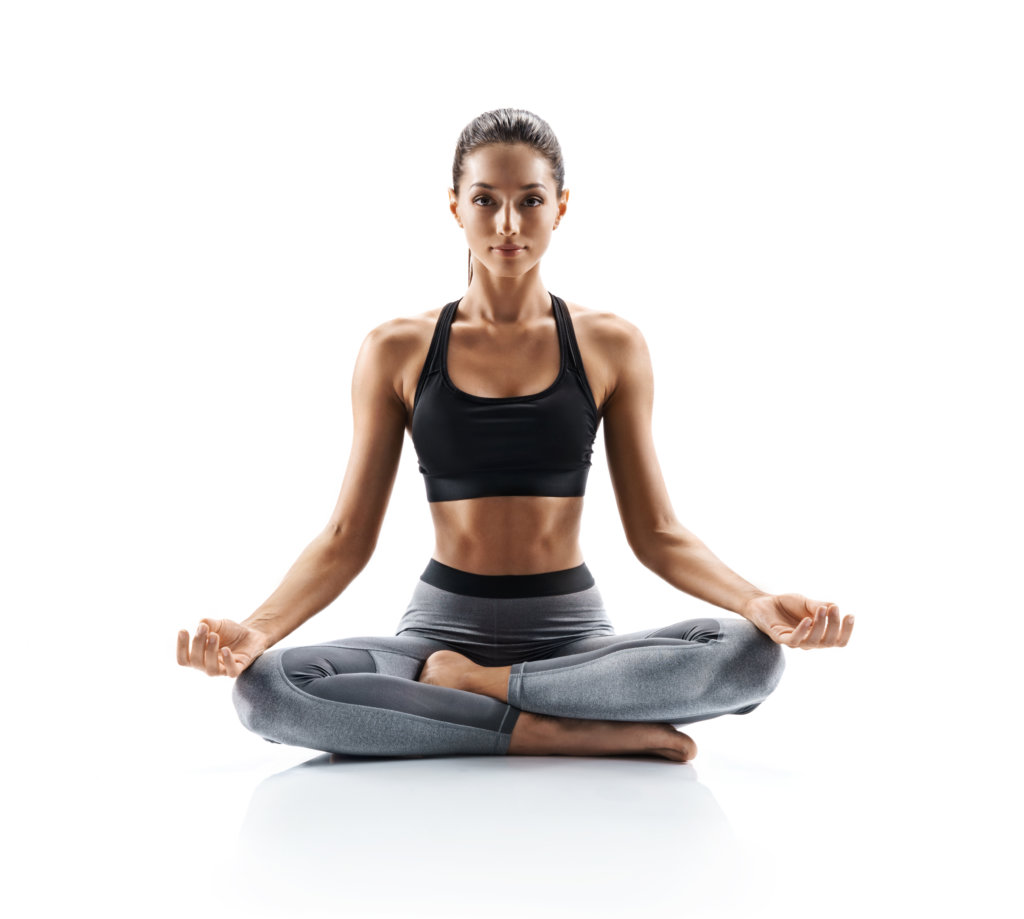
What it shows: This test determines how flexible and strong you are as you need quad strength and balance to stand upright.
How: Sit on the ground cross-legged. Get back up without using hands.
4. Chair Test
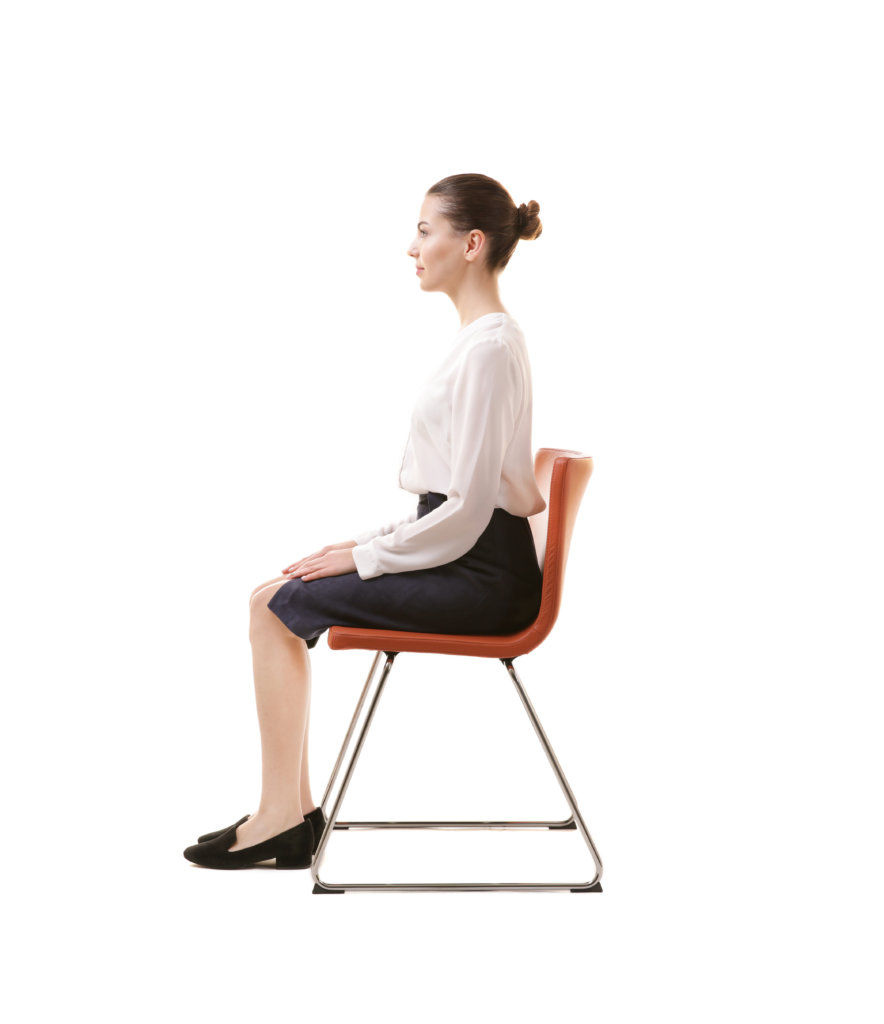
What it shows: To do this test you will need quad strength, endurance, and balance, all of which are the opposite of frailty.
How: Set a 1-minute timer and stand in front of a chair. Sit down and stand up as many times as possible. In one study, women were able to complete between 21 and 36.
5. Standing Stork Test
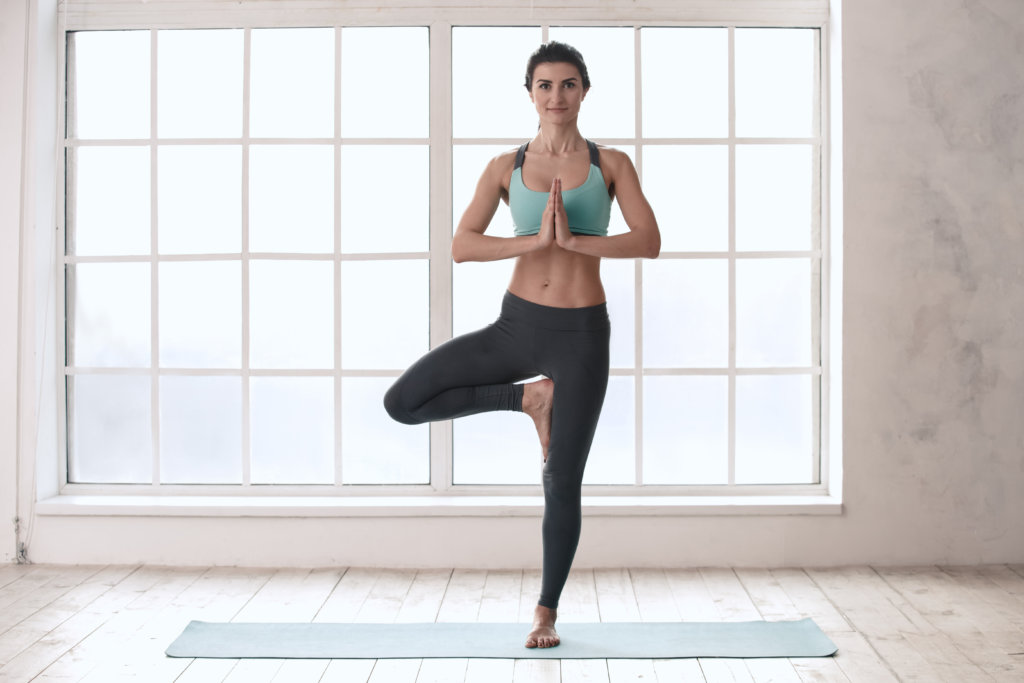
What it shows: Balance is linked to longevity because it is related to coordination and it prevents injury. This test will show where you are balance-wise.
How: Set a time and stand on one leg, placing the other foot at your knee. Rise up onto your toes and hold the position as long as possible. Stop the timer when you fall.
6. Pushup Test
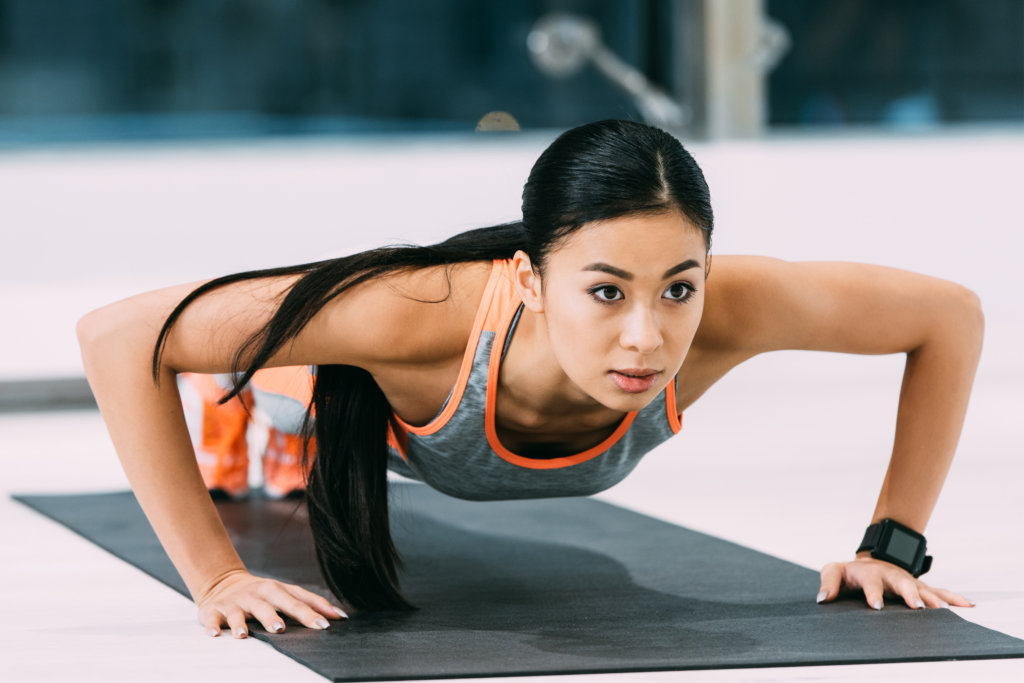
What it shows: This tests your overall strength and tests the endurance of your chest, shoulders, and triceps.
How: Perform as many pushups (not on the knees) as you can in 2 minutes. Here is how the military judges results for women:
- Ages 22 to 26: 17 to 46 pushups
- Ages 27 to 31: 17 to 50 pushups
- Ages 32 to 36: 15 to 45 pushups
- Ages 37 to 41: 13 to 40 pushups
- Ages 47 to 51: 10 to 34 pushups
7. Treadmill Test
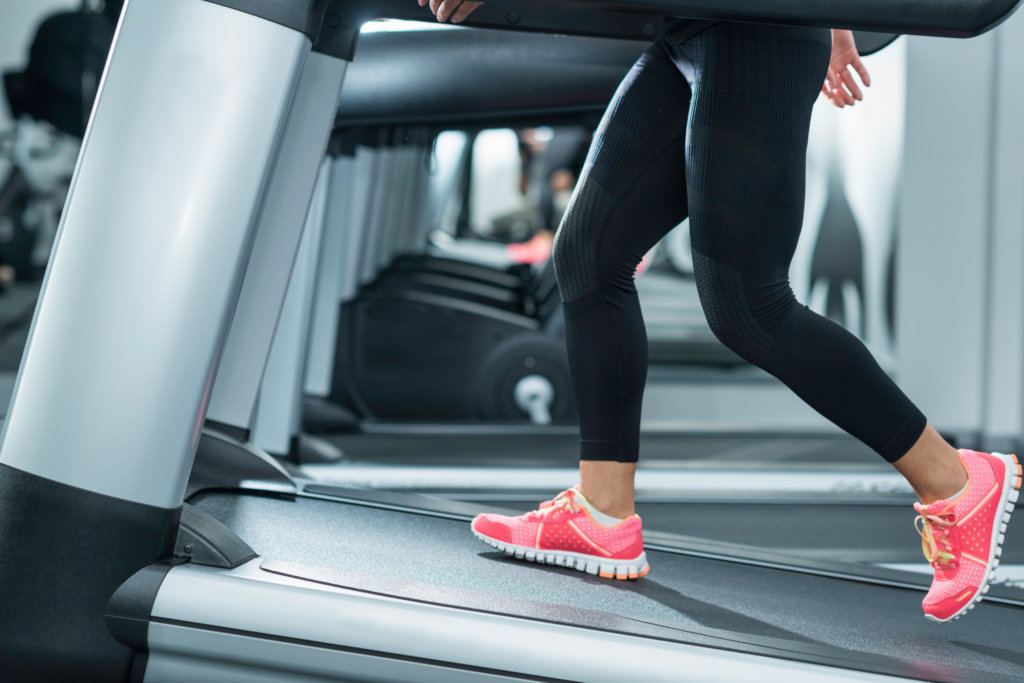
What it shows: This test will measure your cardiovascular health by determining what percentage of your max heart rate you get to before quitting. A score of 100+ means you have a 98 percent chance of making it through the next 10 years.
How: Set the treadmill incline at 10 percent and start walking at 1.7 mph. Increase your speed every three minutes until you cannot go on anymore.
